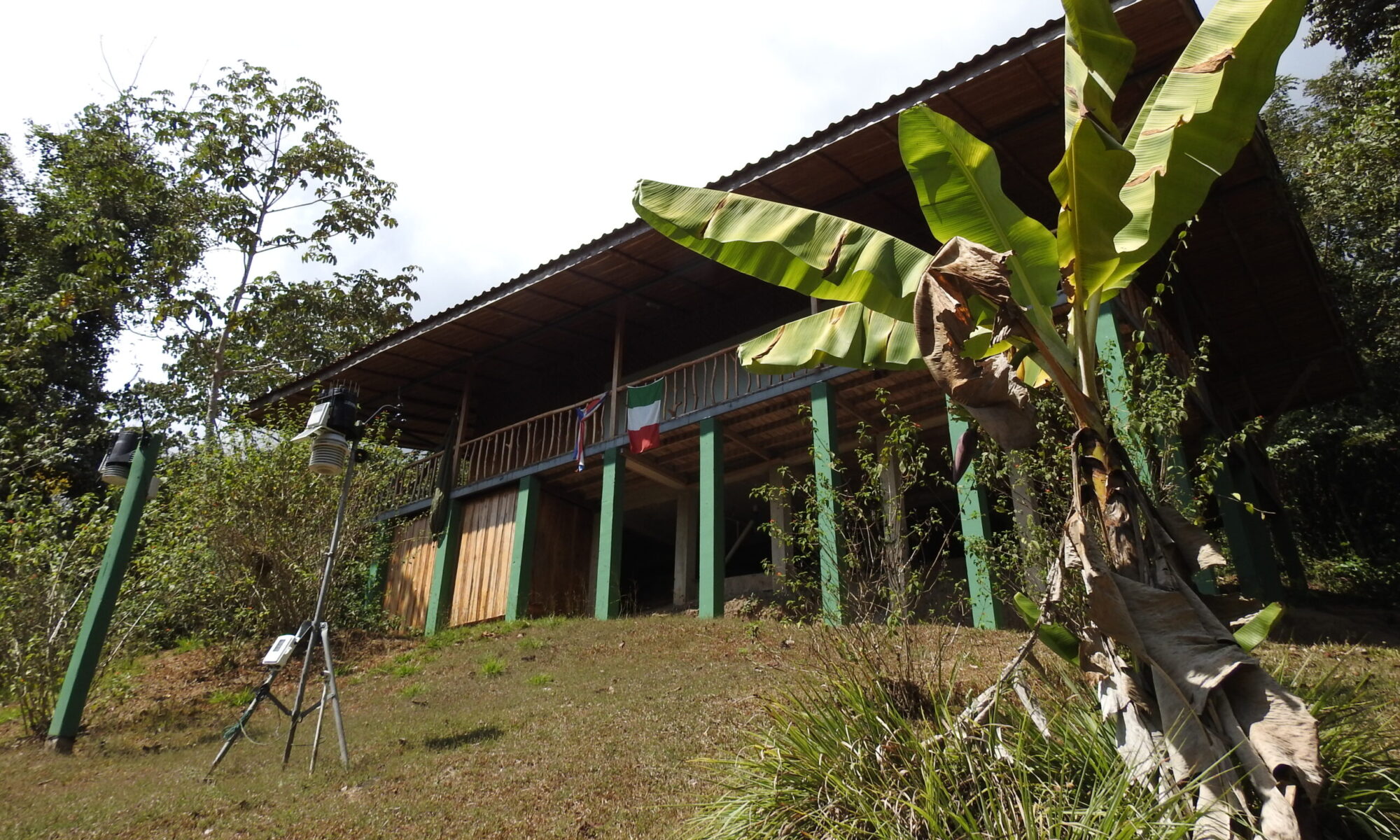A post was recently published in the international magazine Realclimate, taken up and translated on the Climalteranti website, very current for the question that comes from a study conducted by the famous polytechnic of Zurich and which allowed us once again to confirm that what our association Foreste per Semper has been conducting for years it is part of a correct action and therefore to be supported, even with your help. For those who wish, we refer you to reading the entire article on the Climalteranti website while here we want to pass some data in a summary that is in any case very significant. According to this study, planting trees could reduce the increase in anthropogenic CO2 by two thirds. Researchers estimate that 200 billion tonnes of carbon would be sequestered… provided that more than one trillion trees were planted!

Too good to be true? This statement has been revised and evaluated more correctly, also considering other facts.
Some data: humanity emits 11 billion tons of carbon into the atmosphere every year
(gigatonnes, abbreviated to GtC) which in the form of CO2 correspond to 40 gigatonnes, because a CO2 molecule is 3.7 heavier than the carbon atom alone. From 1850 to today, total emissions have reached 640 GtC of which 31% due to land use (deforestation above all), 67% to fossil energy and 2% to other sources, and the trend is growing.
The result is that the amount of CO2 in the air has increased by 50% compared to an equilibrium emissions / natural sequestration, and is greater than it has ever been for at least 3 million years. To deny that this is the main cause of the ongoing warming is to want to deny stubbornly the evidence and above all that this increase is entirely caused by humans ..
In reality, we find “only” 300 GtC in the air, even though we have issued 640 GtC. It means that only less than half of our emissions remained in the atmosphere, the rest fortunately. it was absorbed by the oceans and forests.
The authors of the new study say it would take fifty to one hundred years for those trillion trees planted to seize the desired 200 GtC – with an average of 2-4 GtC per year, but the problem is that there are still few to cope. to current emissions of 11 GtC per year! We would therefore still be far from the prospect of solving two thirds of the climate problem. And precisely because reforestation takes a long time, cutting down mature and species-rich forests, which are large reserves of carbon and precious biological diversity, should be absolutely prohibited today.
There is also another problem related to climate change, without effective climate protection, global warming will lead to a massive loss of existing forests, especially in the Tropics.
Unfortunately, current models are unable to reliably simulate how forests are they will be able to withstand new extreme events: fires, permafrost melting, insects, fungi and diseases in a changing climate.

Planting huge quantities of trees all over the world undoubtedly becomes a project to be tackled and implemented as soon as possible and certainly not by planting only monocultures but by recreating the natural state as much as possible in a context of ecological sustainability, so as to reap further benefits of forests not only for the local climate, but for the conservation of biodiversity, the protection of the water cycle and even as a source of food, improving the living conditions of those peoples who still live in close contact with forests.
FpS has been acting for years in this perspective, not forgetting, however, that the fundamental strategic move will be the abandonment of the use of fossil fuels which must end soon precisely because we want to safeguard the existing forests in the world.

